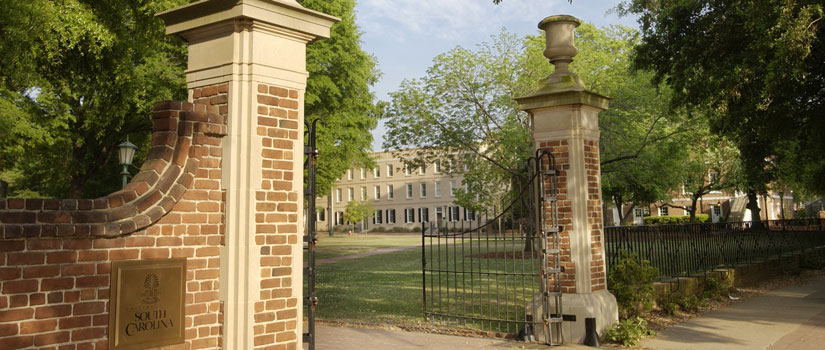Beyond OPT: Pursuing the H-1B Work Visa in the U.S.
Fast Facts about the H-1B Visa
- H-1B is a non-immigrant classification for temporary employment in a specialty occupation.
- H-1B is a separate non-immigrant classification, unlike OPT, which is still part of the F-1 visa.
- You cannot apply for an H-1B visa by yourself. Your employer has to petition for your H-1B visa.
- Each year, there is a cap of 65,000 H-1B visas, plus another 20,000 for applicants with a Master's Degree or higher.
- Some employers are "cap-exempt," which means the 85,000 cap does not apply to them. These employers include higher education institutions, university-affiliated nonprofit entities, and nonprofit or governmental research organizations.
- If an employer is subject to the cap, H-1B petitions can be submitted on April 1st of each year.
- USCIS received 233,000 H-1B cap cases for the Fiscal Year 2016. There was a 36.5% chance of a petition being accepted for processing.
- You can also read statistics about H-1B visas by state using the Office of Foreign Labor Certification's data.
- The H-1B status may be extended for a maximum period of six aggregate years.*
- The H-1B "job-site specific", meaning that each H-1B is "specific" to one particular job description, time frame, location, department and institution.*
*The information on this website is for general information purposes only. Nothing on this site should be taken as legal advice for any individual case or situation.
